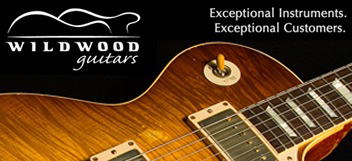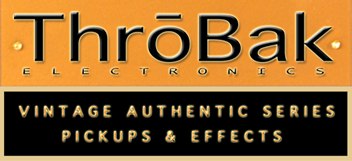Guitar Magic
Active member
- Joined
- Apr 16, 2015
- Messages
- 102
On modern Les Pauls (90s and post 00s) whether it's been a Historic (CC or regular) or a production model, I usually find that the low-E and high-E is not as snappy sounding as the rest of the strings. On my late 60's Goldtops if I remember correctly that was not the case most of the time. And not on my '60 Special. I had a handful of 2010's Historics that had a rather dull low-end - no snap, no percussiveness in the attack. You know that Tele kind of response that most of us like in a good LP, that was missing. To be clear I'm talking about the acoustic tone. I would tinker these guitars days in and days out with different truss-rod, pole piece, bridge and tailpiece height adjustments, but the dullness in those ranges always translated into the electrified sound (talking about past 12 o'clock on the master of a big old JMP, not some bedroom noodling).
Is it just me or anyone else familiar with my observation? What is the reason for this in newer LPs? And what is the case with 52-60 Les Pauls? Everytime I listen to a vintage one I hear crystal clear lows and highs, no dullness, no muddyness.
I've owned close to a hundred Les Pauls from every kind. From cheap early 90s Studios to beautiful '68 Goldtops (and one 1960 Special) and countless Standards, Classics and Historics from different periods. The ones that certainly had that Telecaster low-end was my '68 GT, one of my late '69 GTs that interestingly had a factory Braz board, my '72 54/58 Standard (the one with the 1-piece body and neck, wrap-around TP) and a 2006 R9.
The worst was a 2016 flametop R8 that was a beauty queen, but it sounded like the wood was just brought up from underwater. With all the Historically accurate bells and whistles, that guitar was dead as a doornail.
Is it just me or anyone else familiar with my observation? What is the reason for this in newer LPs? And what is the case with 52-60 Les Pauls? Everytime I listen to a vintage one I hear crystal clear lows and highs, no dullness, no muddyness.
I've owned close to a hundred Les Pauls from every kind. From cheap early 90s Studios to beautiful '68 Goldtops (and one 1960 Special) and countless Standards, Classics and Historics from different periods. The ones that certainly had that Telecaster low-end was my '68 GT, one of my late '69 GTs that interestingly had a factory Braz board, my '72 54/58 Standard (the one with the 1-piece body and neck, wrap-around TP) and a 2006 R9.
The worst was a 2016 flametop R8 that was a beauty queen, but it sounded like the wood was just brought up from underwater. With all the Historically accurate bells and whistles, that guitar was dead as a doornail.
Last edited:



